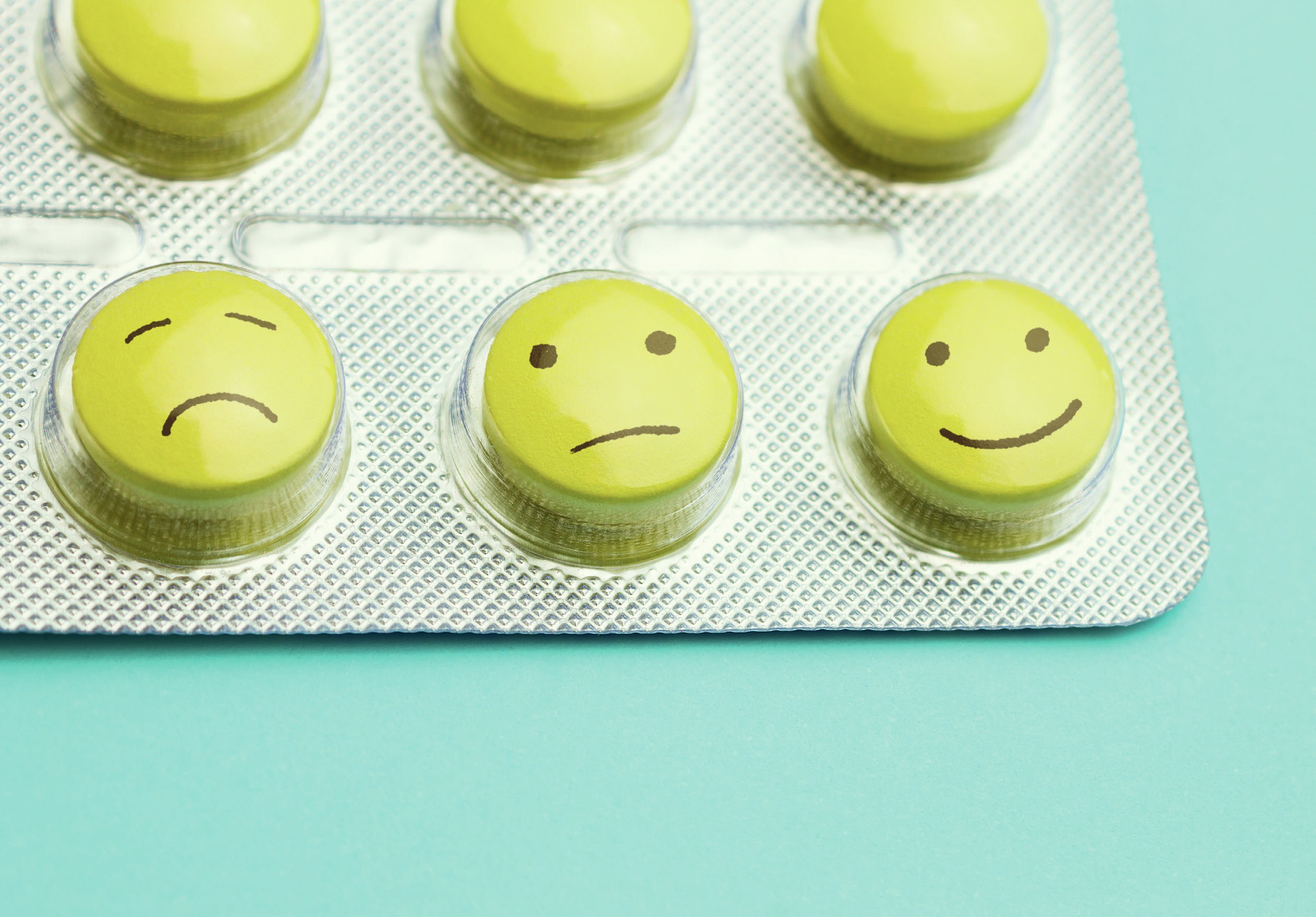
The World Health Organization estimates that over 350 million people worldwide have depression. Depression often begins during the teenage years and can persist or recur for the rest of a person’s life. See Table 1 for the most common symptoms of depression and also anxiety (up to 60% of people with depression also have anxiety). From mid-adolescence on, females are twice as likely to have depression as males, and the number of young women with depression has increased over the past 20 years.
Depression and anxiety are not illnesses you either have or do not have. The symptoms are best understood as a continuum, ranging from mild or moderate to severe. Even mild or moderate symptoms of depression or anxiety can be distressing, making it difficult for a person to function. Depression and anxiety can affect a person’s social relationships, their ability to work, their physical health and their psychological wellbeing.
Your organisation does not have access to this article.
Sign up today to give your students the edge they need to achieve their best grades with subject expertise
Subscribe



